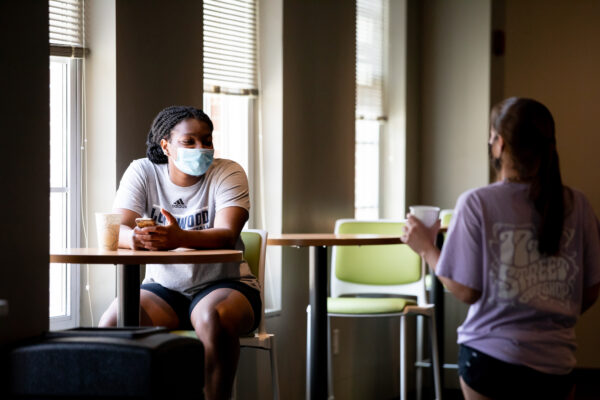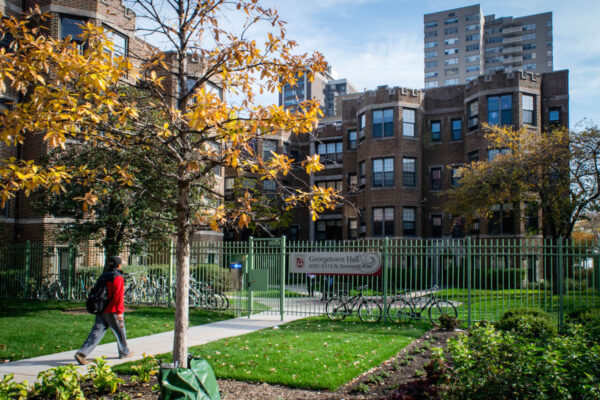The Lasting Effects of COVID-19 on Undergraduate Transfer
Title: Transfer and Progress: Fall 2022 Report
Authors: Jennifer Causey, Jeremy Cohen, Allyson Gardner, Sarah Karamarkovich, Hee Sun Kim, Shannon Lee, Beatrix Randolph, Mikyung Ryu, and Doug Shapiro
Source: National Student Clearinghouse Research Center
The COVID-19 pandemic continues to have lasting negative effects on undergraduate student access, enrollment, mobility, and success or degree attainment, particularly among economically disadvantaged or lower income students. The National Student Clearinghouse Research Center has released the inaugural report in its new transfer and progress series to shed a light on the unique effects the pandemic continues to have on transfer enrollment patterns for students across the U.S. higher education system.
The Clearinghouse examined the enrollment patterns of 11.5 million undergraduate students or students without a prior bachelor’s degree enrolled across approximately 3200 higher education institutions between fall 2020 to 2022. Among the takeaways:
- Transfer enrollment remains lower than non-transfer enrollment: Fall 2022 transfer enrollment comprises only 13 percent of non-freshman undergraduate enrollment with transfer student populations continuing to decline across institutional type and student subpopulation. One notable exception is Black students transferring to private nonprofit four-year institutions – the only transfer-in population to show growth.
- Transfer enrollment decline slows: While fall 2022 transfer enrollment continued to decline (-1.2 percent), it declined at a lower rate than in fall 2021 (-4.1 percent) and shows signs of improvements, e.g., transfer enrollment for returning students increased for the first time since the onset of the pandemic.
- Upward transfer declines greater at selective institutions: Upward transfer or transfers from 2-year to 4-year institutions continued to decline across institutional types (-7.5 percent); however, upward transfer decline was nearly double for highly selective institutions (-13.4 percent).
- Institutional characteristics (e.g., institutional type and regional location) impact students’ mobility: Students attending urban and suburban community colleges are less likely to pursue enrollment at a 4-year or bachelor’s degree granting institution while students attending online institutions were more likely to transfer than students enrolled at other institutions.
- Student demographic characteristics affect mobility: Students from high-income households were more likely to transfer to highly selective institutions. Women students continued to be more likely to transfer than men students.
- Baccalaureate degree attainment improved for upward transfer students: The COVID-19 pandemic had no negative effect on students’ 6-year completion rates. In fact, both 6-year completion and degree attainment rates increased for students who transferred to 4-year institutions from community colleges.
To read the full report, please click here.
—Alyssa Stefanese Yates
If you have any questions or comments about this blog post, please contact us.


